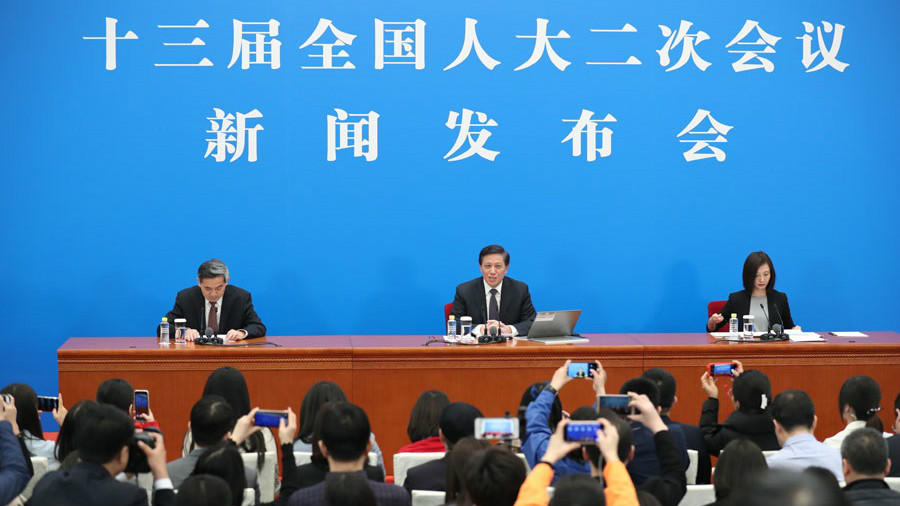Water levels were continuing to rise at noon on Wednesday on the middle and lower reaches of the Yangtze River downstream from Jianli county, Hubei province, the Ministry of Water Resources said.
Levels were also rising in major lakes along the river, including Dongting Lake in Hunan province, Poyang Lake in Jiangxi province and Taihu Lake in Jiangsu province.
Flood warning levels were exceeded in areas of Huangshi, Hubei, and Anqing, Anhui province, and also on a total of 70 rivers in Guizhou, Hubei, Jiangxi and Anhui provinces, as well as Chongqing.
Record flooding was reported on four rivers, including the Shuiyang in Anhui and the Changjiang in Jiangxi.
Some small and medium-sized rivers in these provinces and cities, and in Hunan and Zhejiang provinces, are expected to be hit by flooding in the next few days, the ministry said.
The National Meteorological Center issued 31 consecutive torrential rain warnings from June 2 to July 2. No warnings were issued on July 3, but since Saturday, such alerts have been given daily.
The warning issued on Wednesday, for example, drew attention to heavy rainfall mainly in southern areas of the country and some places in the north and northeast. In particular, it noted that some areas of Jiangxi could experience extremely heavy rainfall, with daily precipitation reaching 25 centimeters to 26 centimeters.
Wang Zhihua, deputy director of the Department of Emergency Response, Disaster Mitigation and Public Services at the China Meteorological Administration, said early this month that from mid-July, rain bands in eastern areas would move north toward the Yellow and Huai rivers and to southern areas of Northeast China.
Meteorological authorities said rainfall this month and next would be heavier than during the same period in recent years.
Precipitation would be 20 percent to 50 percent higher than usual in Shanxi, Hebei, Shandong and Heilongjiang provinces, Inner Mongolia autonomous region and Xinjiang Uygur autonomous region.
The authorities also said there was the possibility of widespread regional flooding on the Yellow, Huaihe, Songhua and Liaohe rivers. Flooding combined with rainfall and melted snow could also occur in Xinjiang.
The Ministry of Emergency Management said that up to July 3, flooding this year had affected 19.38 million people in 26 provinces and cities. A total of 121 people were left dead or missing, and direct economic losses of more than 41.6 billion yuan ($6 billion) were caused.
Wang Zhangli, deputy director of flood and drought disaster prevention at the Ministry of Water Resources, said full support would be given to many water conservation projects nationwide to prevent flooding and control disasters.
Liu Zhiyu, deputy director of the ministry's information center, said 120,000 stations across the country provide information on rainfall and flooding. Technology such as big data and artificial intelligence has been used effectively to alert people to flooding on small and medium-sized rivers.
Statistics from the China Three Gorges Corp show the first flood on the Yangtze River this year occurred at 2 pm on July 2, with an inflow at the Three Gorges Dam of 53,000 cubic meters of water per second, raising the level to 147 meters.
With an outflow of 35,000 cubic meters per second as of 2 am on Saturday, the dam held 1.6 billion cubic meters, greatly easing flooding pressure on the river's middle and lower reaches, the management authority said.















.jpg)









.jpg)


